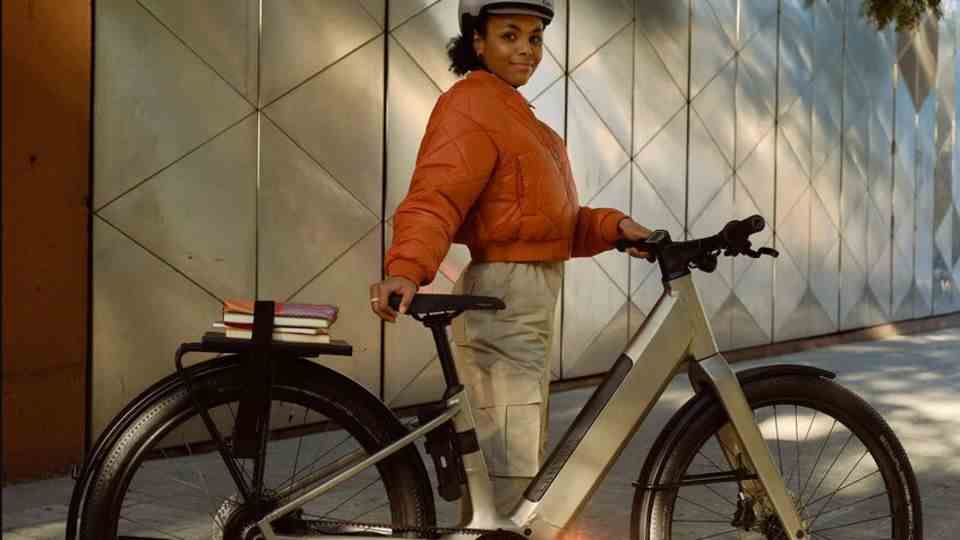product test
Bad brakes, pollutants and cracks – rows and rows of defective children’s bikes
Driving on the test candidates was fun, the product quality was often disappointing (symbol image)
© Aleksandar Nakic / Getty Images
Stiftung Warentest tested twelve children’s bicycles, only three were convincing, including the cheapest. Woom’s most expensive bike failed.
The product testers were only able to award a good grade three times, with at least twelve children’s bicycles in the competition. This is a disastrous result. The models for children of primary school age, with prices between 270 and almost 600 euros, are by no means snappers. Nevertheless, savings were made in the construction, as evidenced by the defects.
Bicycles with 20-inch tires were tested. For comparison: a classic bike for adults has 28-inch wheels. The test started promisingly with the driving experience in the practical test, here all twelve candidates were able to convince the little test drivers.
Driving was still fun
But the investigation in the laboratory showed a completely different picture. Five children’s bicycles are defective. The bikes from the Winora and Woom brands did not withstand the endurance test, and components developed cracks. A serious mistake that means the end. If the parents overlook these fine cracks, they will enlarge and then break at the moment of high stress, such as when jumping off a curb. A serious, unforeseeable fall can then hardly be avoided.
Many bikes had problems with the brakes. They were too weak to safely brake the specified maximum weight. Actually, the brakes should always be oversized, their deceleration effect should be able to brake more weight than the manufacturer allows. This is a serious design flaw.
Other manufacturers apparently do not have the quality in purchasing under control. Some otherwise “good” bikes have been downgraded because of critical substances found in the saddles. The testers write: “Our laboratory detected high levels of the plasticizer dipropylheptylphthalate, DPHP for short, in the saddle covers of six of the twelve children’s bicycles. In animal experiments, the substance damaged the thyroid and pituitary glands.” It is not forbidden, but has no place in products for children.
Good value for money
That was the test winner Puky Skyride for 460 euros with a grade of 2.2. Second place (grade 2.3) was shared by the Cube Kid 200 Street for 480 euros and the Decathlon model. The Decathlon City Bike 20 inch D4 Roc costs only 270 euros – making it the clear price-performance winner in the test environment. All three good and many other bikes are comparatively heavy. Their weights are between 11.8 and 13.8 kilograms, one model weighs almost 16 kilograms. Significantly larger adult bikes are hardly any heavier. For the little riders, these are very high weights that make the bikes unwieldy overall. The only lightweight in the test (8.4 kg), the Woom4, landed in last place with “Poor”. Despite the proud price of 575 euros.
The product testers have one comforting comment about the generally high prices: Although the children outgrow the bikes quickly, they are then passed on to younger siblings. Alternatively, they can also be resold at a good price.
You can take the whole test for a fee here see.
This article contains so-called affiliate links. Further information are available here.




